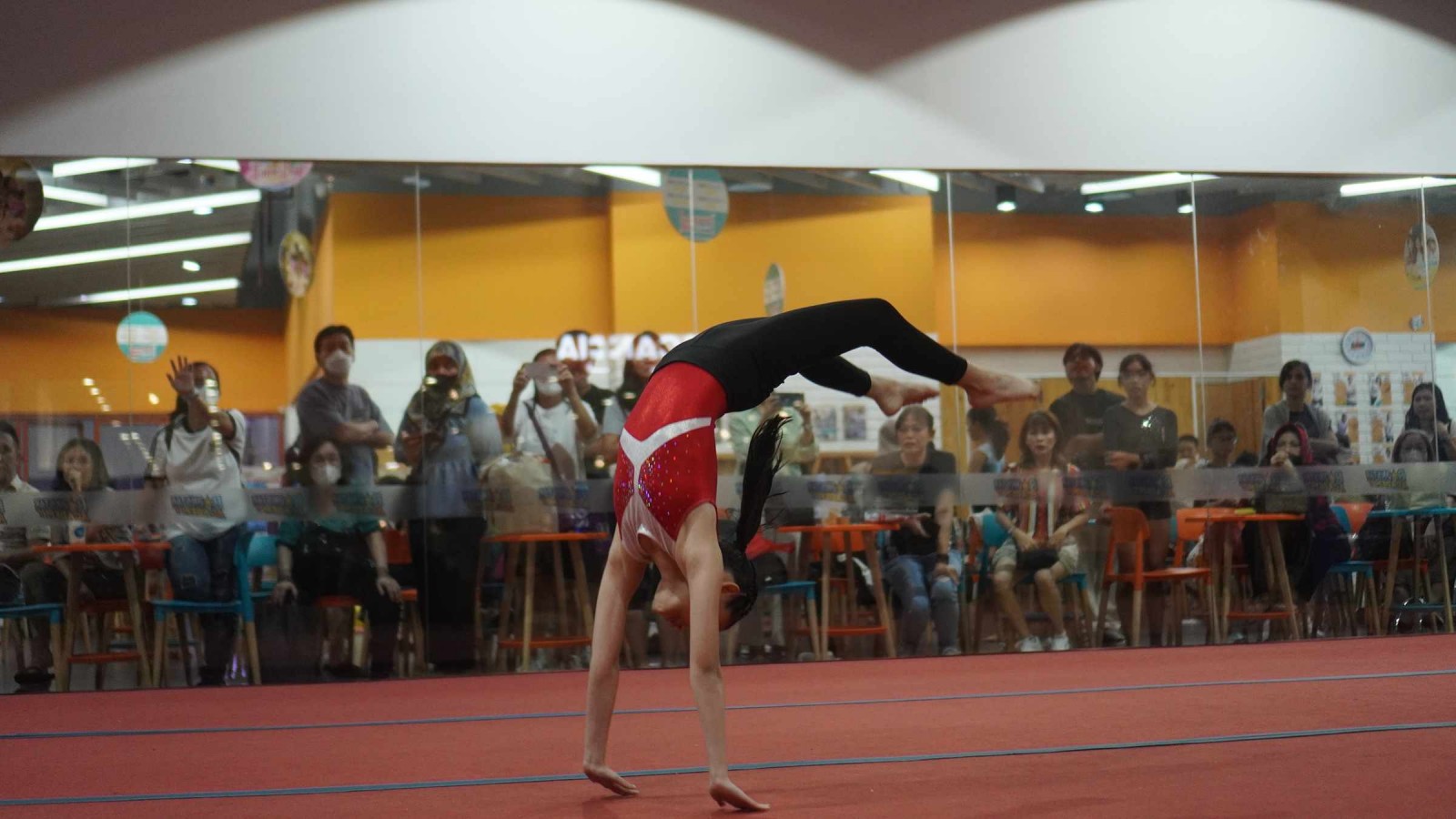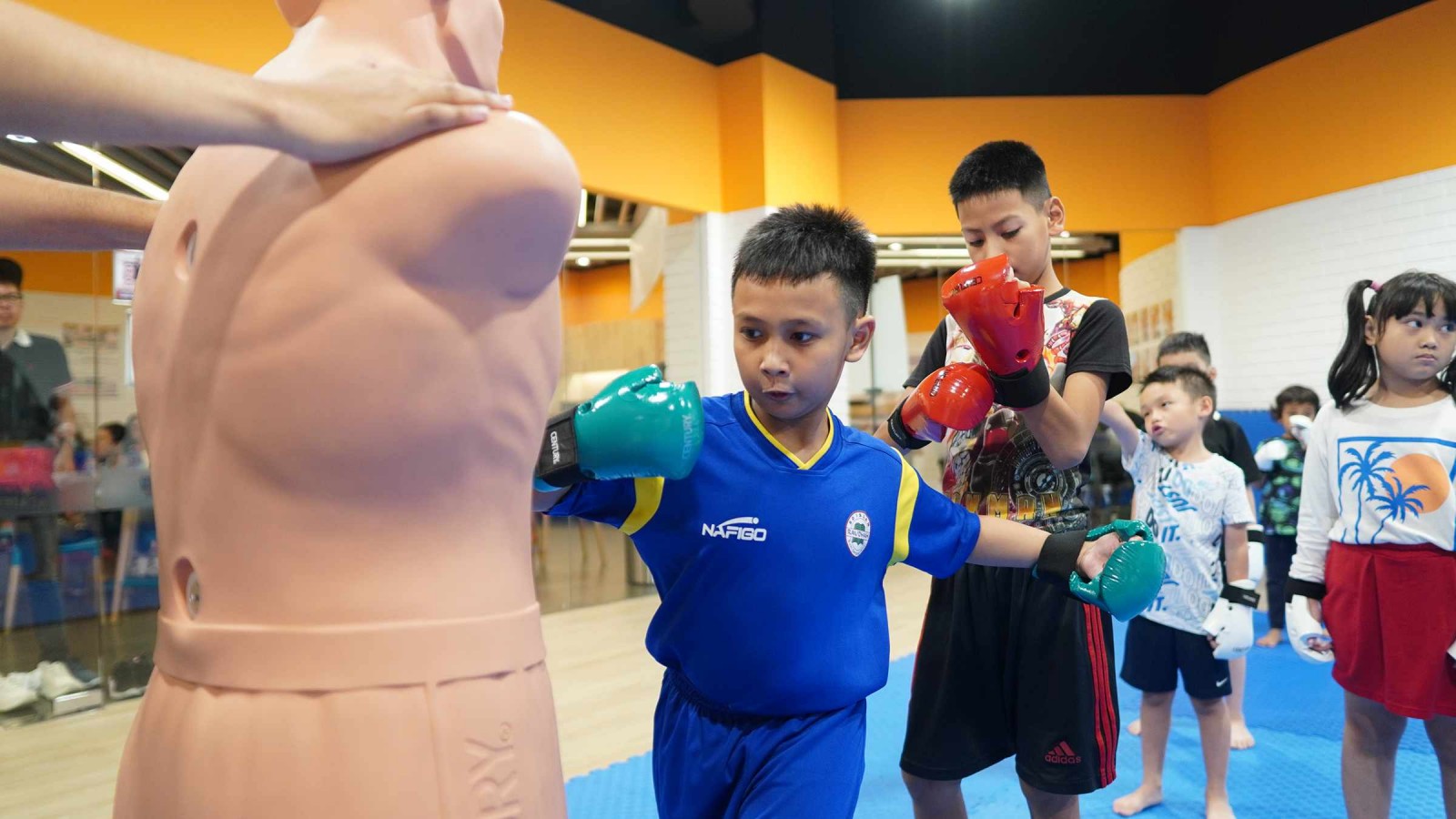Physical Development for Teens, 15 to 18 Years Old
.jpg)
The transition from adolescence to adulthood is a remarkable journey marked by a myriad of transformations, and at the forefront of this metamorphosis is the physical development 15 to 18 years.
This pivotal phase is characterized by dynamic changes that encompass not only the external manifestations of growth but also the intricate interplay of biological, hormonal, and environmental factors.
The teenage years are usually called the ‘transformation phase’ since the physical and mental changes that occur during this period are significant. This article will dive into the discussion of physical development 15 to 18 years, exploring the intricacies of puberty, and the role of caregivers and educators in facilitating a positive and supportive environment.
Physical Development for Teens
Adolescence is a transformative period marked by rapid physical development. Understanding the nuances of these changes is essential for both teenagers and those guiding them through this dynamic phase.
Here are several key aspects of physical development on teens, highlighting the intricate processes that shape their journey toward adulthood:
1. Puberty's Final Stages
By the age of 15, many adolescents, both boys and girls, are in the later stages of puberty. Girls often reach their adult height around this time, while boys may continue to experience growth spurts. This contributes to increases in height and weight.
Hormonal changes associated with puberty influence secondary sexual characteristics, such as breast development in girls and the deepening of the voice in boys.
2. Muscular and Skeletal Development
The adolescent years from 15 to 18 witness ongoing muscular and skeletal development. The body undergoes refinement in motor skills, coordination, and balance.
Teens become more adept at engaging in complex physical activities, and participation in sports or structured exercises contributes to the development of strength and endurance.
3. Dieting Trends among High School Girls
During this phase, teenagers, especially girls, become increasingly conscious of their physical appearance. A concerning trend within this age group is the prevalence of dieting among high school girls.
Studies indicate that more than 50% of high school girls are actively engaged in dieting behaviors, reflecting societal pressures and ideals surrounding body image. Educating teenagers about healthy body image and promoting self-acceptance is essential in mitigating the negative impact of these pressures.
4. Facial Hair and the Masculine Transition
One of the distinctive features of physical development 15 to 18 years in boys is the emergence of facial hair. This is a visible sign of the increased production of testosterone, a key hormone in the development of secondary sexual characteristics. The growth of facial hair is a milestone that signifies the transition from boyhood to manhood.
5. Menstrual Milestone for Girls
By age 15, the majority of girls have experienced their first menstrual period. This event, marking the onset of menstruation, is a significant aspect of female reproductive maturity.
It is influenced by hormonal changes that started during earlier stages of puberty. Providing education and support during this time is crucial for girls as they adapt to the physical and emotional aspects of this developmental milestone.
How to Support the Physical Development of Teenagers?
Supporting the ongoing physical development of adolescents requires a holistic approach that encompasses various aspects of their lives.
As teenagers navigate the complexities of growth and change, caregivers and educators play a pivotal role in providing the necessary guidance and support. Here are key strategies to foster continued physical development in adolescents:
1. Encourage a Balanced and Nutrient-Rich Diet
A well-balanced diet is fundamental to sustaining physical development. Encourage adolescents to consume a variety of nutrient-rich foods, including fruits, vegetables, lean proteins, and whole grains. Emphasize the importance of hydration and educate them about the role of nutrition in supporting overall health and growth.
2. Promote Regular Physical Activity
Regular exercise is crucial for maintaining physical health and fitness. Encourage adolescents to engage in a mix of aerobic activities, strength training, and flexibility exercises. Participation in sports, dance, or recreational activities not only contributes to physical well-being but also enhances social skills and self-confidence.
3. Ensure Adequate Rest and Sleep
Adequate sleep is essential for physical and mental well-being. Establishing a consistent sleep routine helps adolescents get the recommended amount of sleep which contributes to their overall growth and development.
Limiting screen time before bedtime and creating a conducive sleep environment are important aspects of promoting healthy sleep habits.
4. Provide Emotional Support
Acknowledge and validate the emotional aspects of physical development. Adolescents may experience a range of emotions as they navigate these changes.
Foster open communication, create a supportive environment, and be attentive to their emotional needs. Encouraging a positive body image and self-esteem is crucial during this sensitive period.
5. Educate About Health and Well-being
Empower adolescents with knowledge about health and well-being. Discuss the importance of making informed choices regarding nutrition, exercise, and overall lifestyle.
Equip them with the tools to understand their bodies, make healthy decisions, and cultivate habits that will positively impact their physical development in the long run.
6. Encourage Regular Health Check-ups
Regular health check-ups and screenings are important to monitor physical development and address any potential concerns. Schedule routine visits with healthcare professionals to ensure that adolescents are on a healthy developmental trajectory. This proactive approach helps identify and address issues early on.
7. Promote a Positive Peer Environment
The influence of peers is significant during the teenage phase. Encourage teens to surround themselves with positive influences and supportive friends. A healthy peer environment contributes to emotional well-being and can motivate them to engage in activities that promote physical health.
Ready to Guide Them Through This Transformative Journey?
Navigating the physical development of teens aged 15 to 18 involves understanding the intricate interplay of biological, nutritional, and lifestyle factors. Acknowledging and supporting these changes is essential for fostering a positive self-image and promoting long-term health and well-being.
By providing the necessary guidance and resources, we can ensure that teens transition into adulthood with a strong foundation for a healthy and fulfilling life.
As parents, you can unlock the full potential of your child's physical development with Rockstar Academy, a trusted Sports & Performing Arts Academy. At ages 15 to 18, adolescents undergo remarkable transformations, and Rockstar Academy is dedicated to providing the right guidance and support during this crucial period.
Curious to witness the positive impact on your child's physical development? Contact Rockstar Academy today and discover the difference. Don't miss the opportunity to sign up for a free trial at Rockstar Academy, where we prioritize the best growth for teens, setting the stage for a healthy and confident transition into adulthood!
FAQ
1. What are the physical changes from 13 to 18?
During the ages of 13 to 18, adolescents undergo significant physical changes as they progress through puberty and into young adulthood. These changes include growth spurts, development of secondary sexual characteristics, such as breast development in girls and facial hair growth in boys, and changes in body composition.
2. What is the physical development of a 15-16 year old?
At 15 to 16 years old, teenagers are often in the midst of their physical development journey. Girls may be nearing their adult height, while boys typically continue to grow taller and gain muscle mass. Hormonal changes contribute to the maturation of the reproductive system, with girls experiencing regular menstrual cycles.



